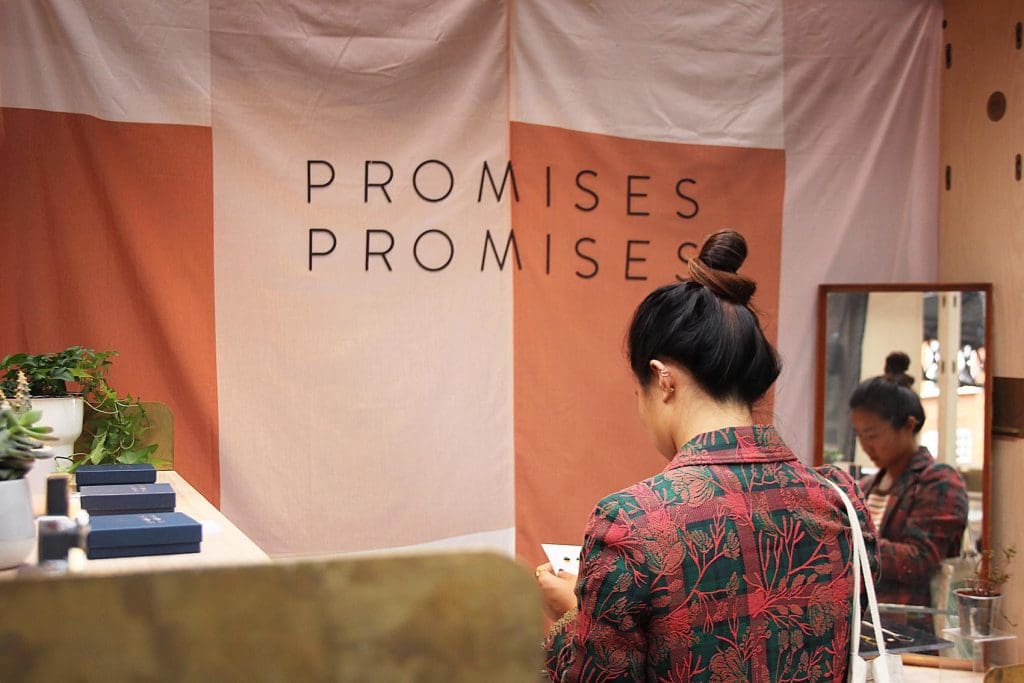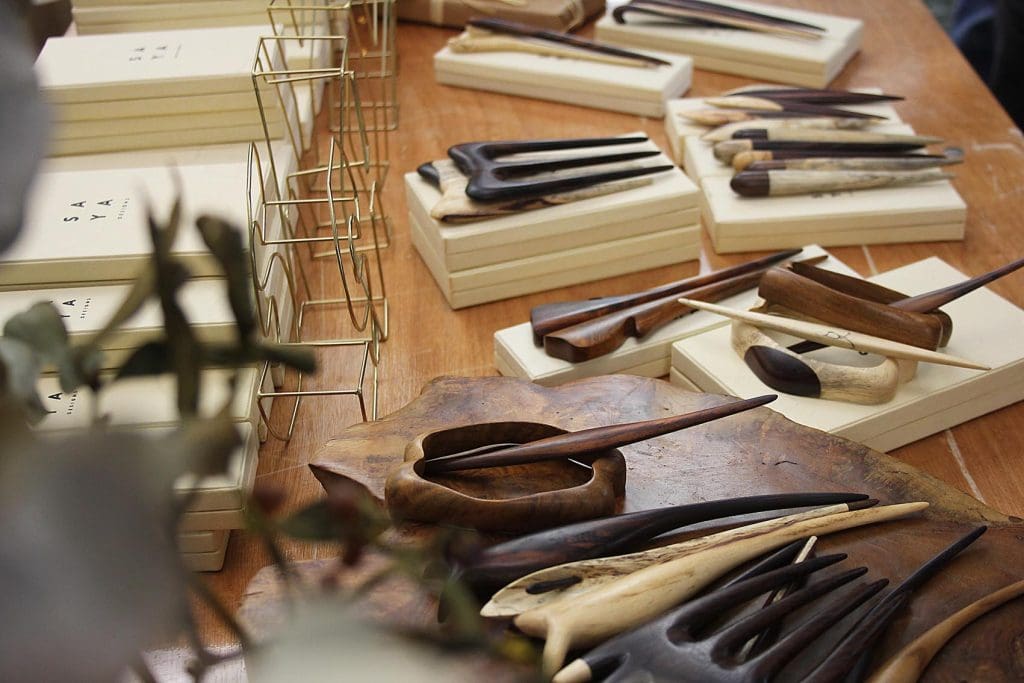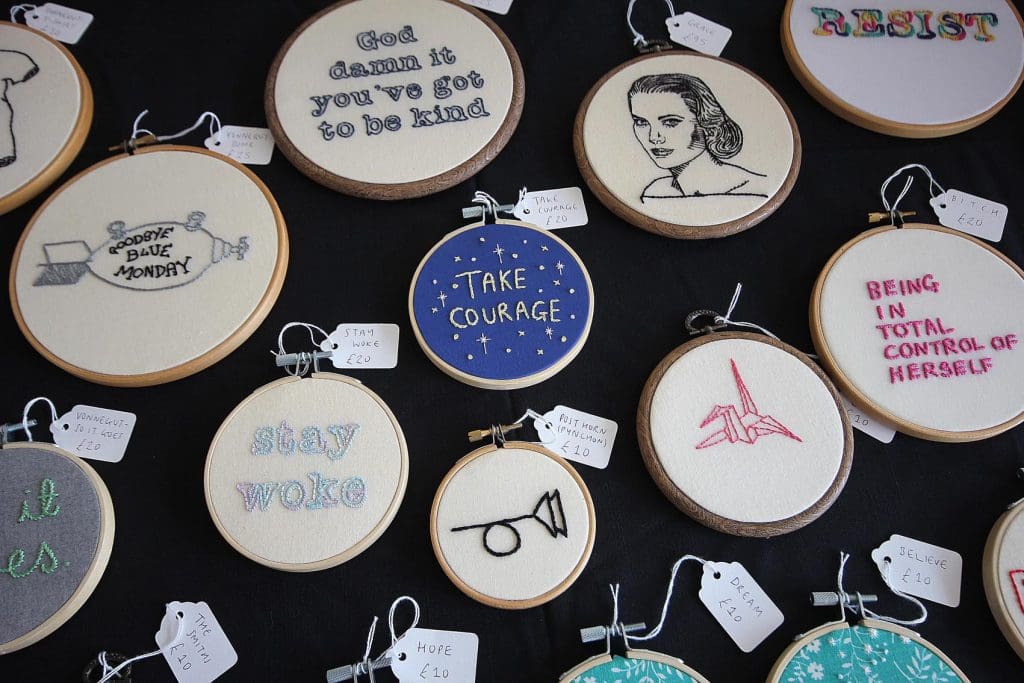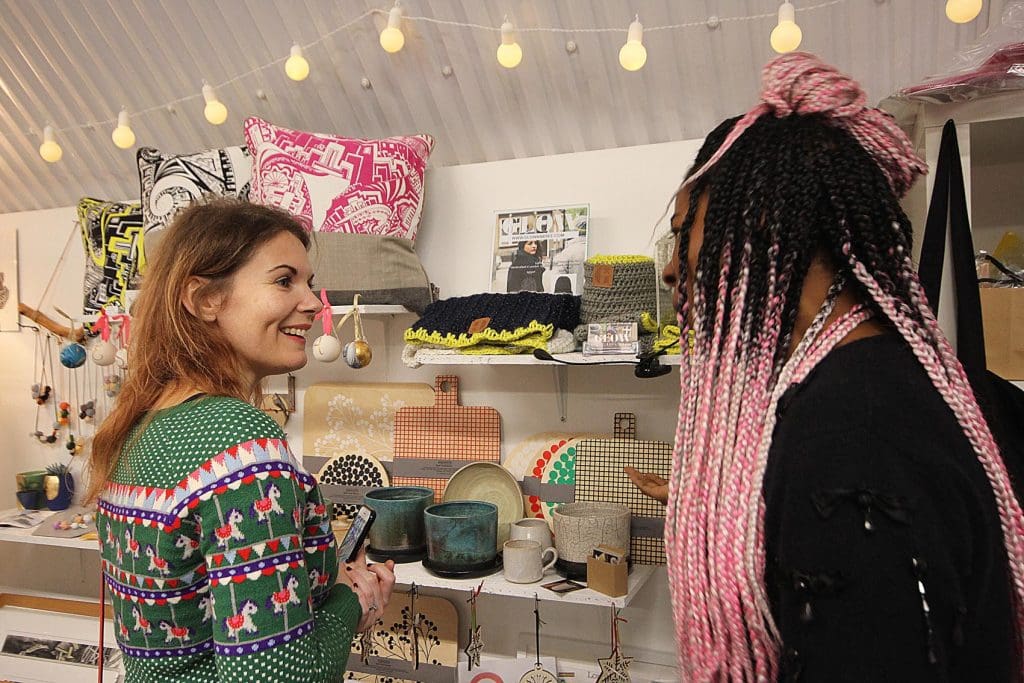Be A Small Business Success – Part 1
By Gabrielle Taylor – The Brand Curator
I love the beginning of a new business, but I know even with amazing skills or fabulous products, starting up a brand or managing a business, can feel overwhelming. From logistics to creative there are many areas to build and a whole host of skills required to maximise what your business is capable of.
Here are some key areas to explore; plus tips for achieving growth and success; and you do not have to be a new business to benefit from brand building advice, I recommend that any independent business look inward, there is always room to improve!
BE YOU
Top of my list; no surprise is, know and celebrate your brand. Make sure your business name and details are remembered at every point of contact, it is how you get discovered and recommended. Also, it makes it easier to create those all-important repeat customers! (A new customer costs five time more than closing an existing one). Whether it is an impressive banner on your stand, a pretty thank you card in each customer’s order or a regular introduction post across social media, make it obvious who you are and what you are about. Your goal is brand awareness, something that tends to have a low short-term metric, but so important to the longevity of brands.

Your branding goes well beyond your logo. A catchy tag line, the colours you use and how you describe yourself, (and how much you share) all add to the experience you give customers which helps them bond. These aspects of your brand might be very personal to you, or present without you realising it. Brainstorming the key aspects of your brand (your USP’s) helps you understand, what is important to you and your customers, and hopefully with plenty of overlap between the two (your niche).
Also, the better you get at describing, who you are and what you do the easier it will be when it comes time to do PR and marketing outreach. Being concise, engaging, quality and importantly consistence, is the key to becoming a recognised & desirable brand.
Planning TIP
Ask people what the first thing they think of, when they encounter your business. Bright colours, exquisite detail, botanical knowledge, soft fabrics, ethically sourced etcetera, and make them your core elements.
FAVOURITE IRL EXAMPLE – Sweets on the stand themed with your brand. Whether it is retro or literal, this little touch works well at markets, trade shows and even networking events. Free food always breaks the ice!
BE PRODUCT SAVVY
If I asked you for your flagship product, can you instantly tell me what it is? A key product or collection should be at the core of your brand and your strongest seller. You need to know it inside-out and sell it regularly, whatever the platform. It should sit perfectly amongst a diverse product selection across a variety of price points, add-on impulse items & seasonal options.
That diverse product range allows your sales to fluctuate across the life span of your business and the influence of industry/customer trends too. At the end of the day double down on what works for you, to maintain your income whilst balancing experiments into latest ideas to keep your offering fresh. It can sometimes feel like you are doing too much, which is true. So, focus on what make you unique, your value points and what you feel most strongly about.

If in doubt do a little research on; competitors, your favourite brands, and industry news, there is a wealth of information out there, so use data to back up your decisions. This also applies when it come to your sales outlet – whether it is online, a market, pop-up shop or gallery exhibition, see what already does well in that space before jumping in. Are your customers active there already or are you trying to evaluate a new idea with minimal outlay.
This can also be a suitable time to consider additional revenue sources outside products. This could be during your start-up; you might, maintain a part time job or make your creative work for you as needed. A couple of examples I have seen work well; illustrators/artists taking bespoke commission or contracts for magazines, ceramists making bespoke orders for restaurants or corporate gifts. This might work well at certain times of year and help bolster slow sales periods.
I have seen the elation of makers who make their side hustle their full-time gig, so never shy away from being potentially profitable and networking opportunities.

TIP for the MARKET –You have a short window in which to catch customer’s attention in a busy market environment or even just a single sentence to hook someone in. Have your star product front and centre mention it first and have follow up options depending on their reaction.
TIP for later If your long-term plans include wholesale having a strong core product or collection is instrumental. Re-work it & experiment till it is perfect and be comfortable having it in stock in larger quantities.
BE PART OF A COMMUNITY
If you are here with Urban Makers, then you have already been introduced to an amazing group of people, welcome! Being part of an active community makes it easier to learn new skills, get advice, bounce ideas of fellow makers and gives exposure to opportunities you might not have imagined.
You need to be active – there is no office banter especially at the beginning of your journey, so make some. Talk to those who did it before you, and let others know what you are up to; collaborations are particularly excellent for small businesses as they blend your talents and audiences. Having a group in common is a great ice breaker, if you are a little nervous, it gives you options to meet new faces at events. Speaking of your face! get it out there, have it visible on your platforms and introduce yourself alongside your brand. This is especially vital if you are the maker. (If your nervous about selfies, I recommend getting a photographer, they know what they are doing, and the results will be quality).

Do not forget, your community starts with your customers, the first one thousand customers/ mailing list joiners (capture that data!) tend to be your most dedicated and supportive, so make use of them. Know your audience and build a buyer persona to keep in your head when deciding if new leads will work for you. Good customer service fits here too, as a happy audience means more sales, recommendations & reviews, and general good business karma. The best eureka moments I have heard of, have come from an offhand customer comment.
Delving into who is buying from you should expose your VIP customers or influencers. Those that post about you often to social, buy from you regularly for themselves or gifts and convince others to support you. They are your unofficial marketers and rewarding them can really add to your reach. You can also reach out locally on online groups or other small venues that might match your goals.
Nurture leads wherever possible, you never know where they will lead, if the other side is receptive that is usually time well spent. This often leads to the start of your own team too; I find hiring from within your circle of entrepreneurs, tends to make the best matches.
TIP for the bold If there is not a small business group in your area, make one!
Market TIP Bring a friend; one on one can be hard and tiring especially with early starts. Share your pitch, (if this is allowed) with another maker you match well with to share the load.
To come in Part 2 – How to follow through with the above.
Have I got your business brain buzzing? Did lots of this sounds familiar or are you scribbling down new ideas. I’d love to hear your small business challenges and of course any tips that really helped you. Join the conversation today over at @urbanmakers_uk and tag me @the_brand_curator

Gaby is the freelance brand consultant for innovative independent brands, specialising in organic and honest brand development. After exploring a variety of creative roles, she created Design Curator to specialise in telling amazing brand stories using fresh design, quality photography, strong copy and clever ideas www.thebrandcurator.co.uk

